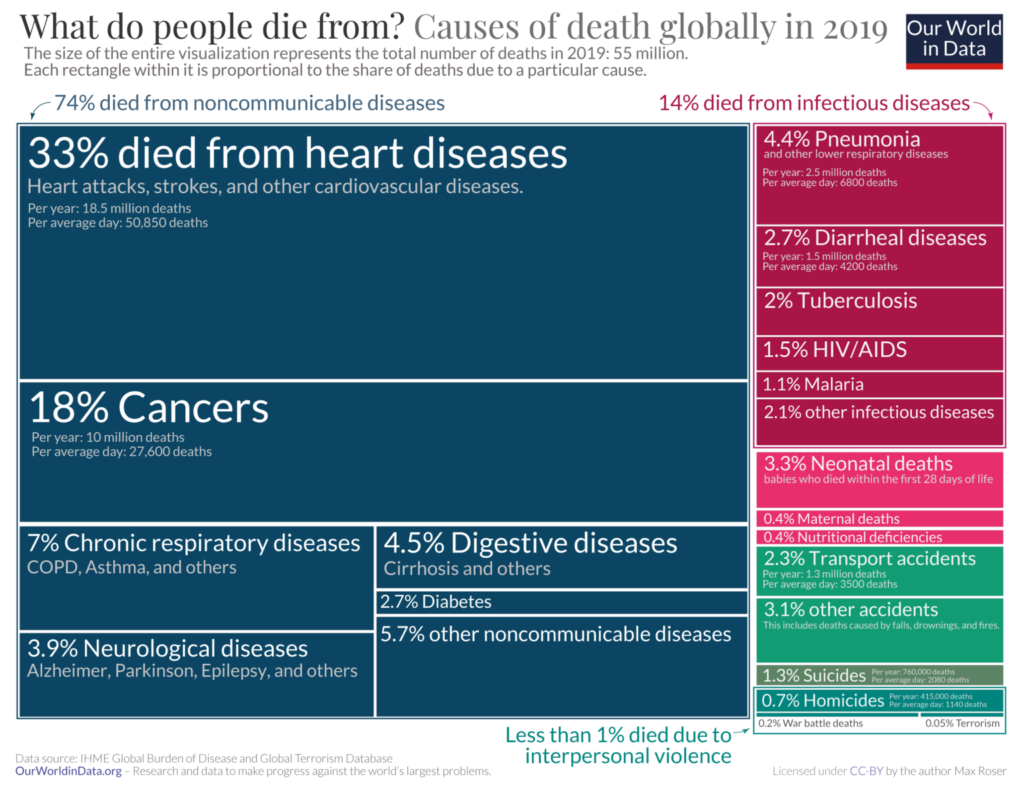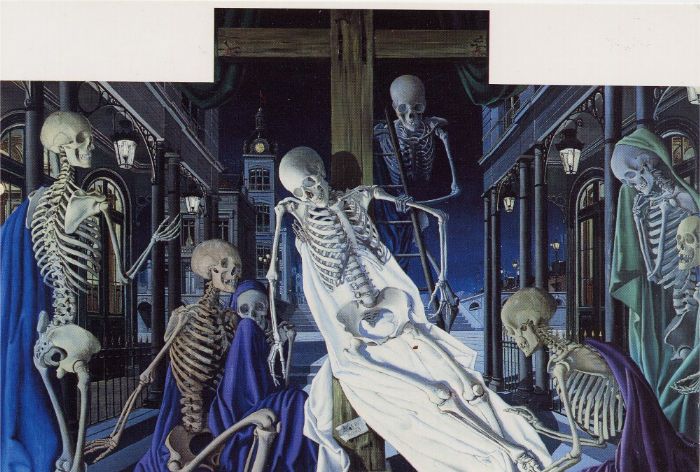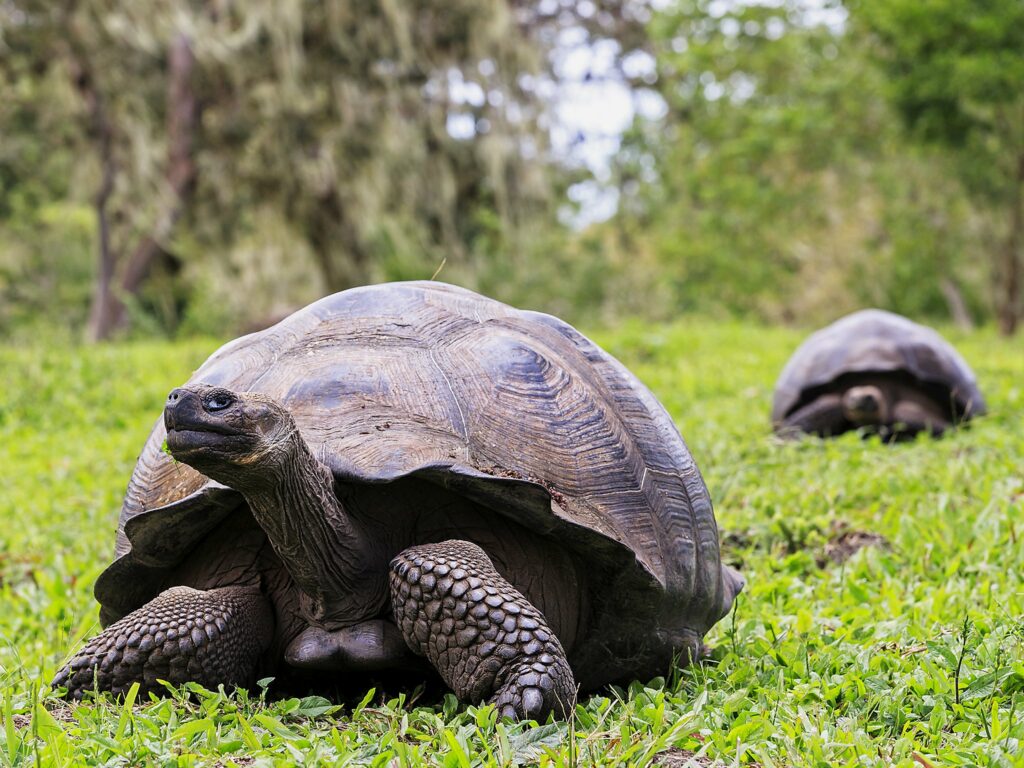When ?
According to the World Health Organization’s 2020 World Health Report, life expectancy averages 73.2 years in the developing nations and is approaching 80 years in some industrial nations. The causes and life-cycle timing of death are profoundly shaped by level of socio-economic development. Also shaped is the gender distribution of death. Globally, life expectancy has increased by more than 6 years between 2000 and 2019 – from 66.8 years in 2000 to 73.4 years in 2019.

* Data are for the U.S.
Number of deaths: 3,383,729 Death rate: 1,027.0 deaths per 100,000 population
Source: National Vital Statistics System – Mortality Data (2020) via CDC WONDER
Life expectancy: 77.0 years Infant Mortality rate: 5.42 deaths per 1,000 live births
Source: Mortality in the United States, 2020, data tables for figures 1, 5
How ?
Accidents and violence now account for two-thirds of all deaths of Americans one to nineteen years-of-age. And those dying in old age increasing die slow motion deaths from chronic ailments, often dying socially– as when institutionalized within a nursing home–before expiring biologically.
In the United States, various common or noteworthy causes of death were:
| 2020 | 2022 |
Heart Disease: 696,947 | Heart disease: 696,962 |

Where?
Since 1900 the global average life expectancy has more than doubled and is now above 70 years. The inequality of life expectancy is still very large across and within countries. People in low-income countries live 18 fewer years on average than those in high-income nations, statistics showed.
In Lesotho, for instance, people on average live to be just 52, or 53 in the Central African Republic 53 years of age, compared to over 83 for Switzerland and over 84 in Japan.
The first 16 years of the century saw dramatic drops in deaths among children under five, especially in sub-Saharan Africa, where progress has been made against malaria, measles and other communicable diseases, WHO said.
Life expectancy has also increased thanks to advances against HIV/AIDS, which ravaged much of Africa in the 1990s.
But despite progress in poorer countries, WHO said there remained significant life expectancy gaps between developed and developing nations. While most people who die in rich countries are old, nearly one in three deaths in poorer countries are children under five, WHO said.

303 000 women die due to complications of pregnancy and childbirth; 5.9 million children die before their fifth birthday; 2 million people are newly infected with HIV, and there are 9.6 million new TB cases and 214 million malaria cases; 1.7 billion people need treatment for neglected tropical diseases; more than 10 million people die before the age of 70 due to cardiovascular diseases and cancer; 800 000 people commit suicide; 1.25 million people die from road traffic injuries; 4.3 million people die due to air pollution caused by cooking fuels; 3 million people die due to outdoor pollution; and 475 000 people are murdered, 80% of them men.
Addressing those challenges will not be achieved without tackling the risk factors that contribute to disease. Around the world today:
1.1 billion people smoke tobacco; 156 million children under 5 are stunted, and 42 million children under 5 are overweight; 1.8 billion people drink contaminated water, and 946 million people defecate in the open; and 3.1 billion people rely primarily on polluting fuels for cooking.
Why ?
There are three main causes of death: aging, disease and trauma.
Most likely the hardest cause of death to overcome is trauma. The problems of aging and disease usually at least provide ample time to solve them, if the technology exists. But even in a postulated world where aging and disease were correctable conditions, getting shot in the head is not. In situations where time available to provide treatment is extremely short, the success rate of even advanced paramedical technology remains low. Unless technology advances to the point (via perhaps nanotechnology) that a body can automatically treat itself for severe trauma, then the time it takes to deliver a patient to a care facility will likely remain the overriding factor.
Prenatal Deaths
The following two categories are controversial since many people do not consider feti to be alive with the same rights as humans. These entries are not counted for statistical purposes.
Spontaneous abortion (Miscarriage): Approximately 1,000,000 (This number may be considerably more, as most miscarriages aren’t reported; perhaps as many as 1 in 3 pregnancies end in miscarriage).
Clinical abortions: 1,293,000
Statistical data from The Alan Guttmacher Institute, and Miscarriage Statistics.
Death in Animals
Animals die just as humans do. The difference is that humans know they are going to die. It is commonly accepted that animals have no consciousness and have minor or nonexistent understanding of the end of life. Buddhists pretend that we may reincarnate into animals depending on our deeds on this life. The ancient Egyptians even mummified animals to accompany their deceased royalty. Humans may grieve intently for their favoured animals, as the following versus indicate: Yes, animals die, too. And plants.

| Species | Longest Lifespan Observed |
| Shrew | 2 years |
| Rat | 4 years |
| Rabbit | 15 years |
| Frog | 20 years |
| Dog | 15 years |
| Tern | 27 years |
| Cow | 30 years |
| Cat | 30 years |
| Gorilla | 25 years |
| Piegon | 35 years |
| Ostrich | 40 years |
| Herring gull | 40 years |
| Horse | 45 years |
| Hippopotamus | 50 years |
| Alligator | 60 years |
| Clam | 60 years |
| Halibut | 70 years |
| Indian elephant | 77 years |
| Eagle | 80 years |
| Parrot | 85 years |
| Sturgeon | 100 years |
| Vulture | 117 years |
| Giant Tortoise | 150 years |
| Galápagos Tortoise | 200 years |
| Bowhead Whales | +200 years |








